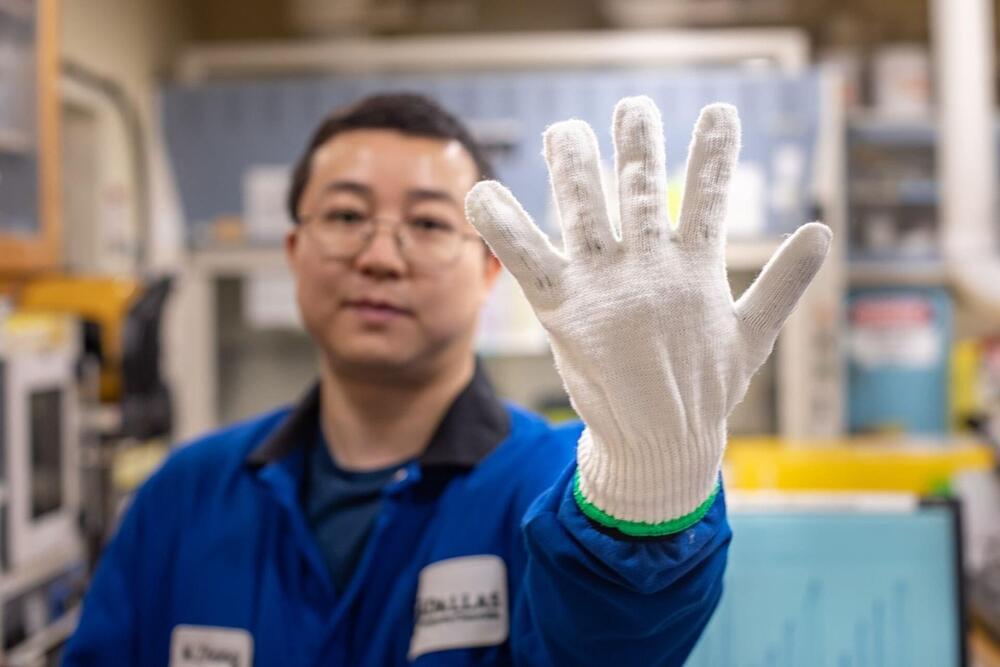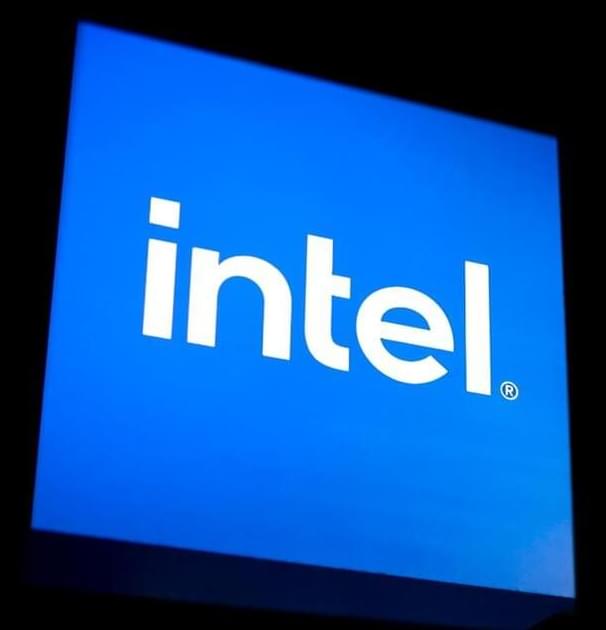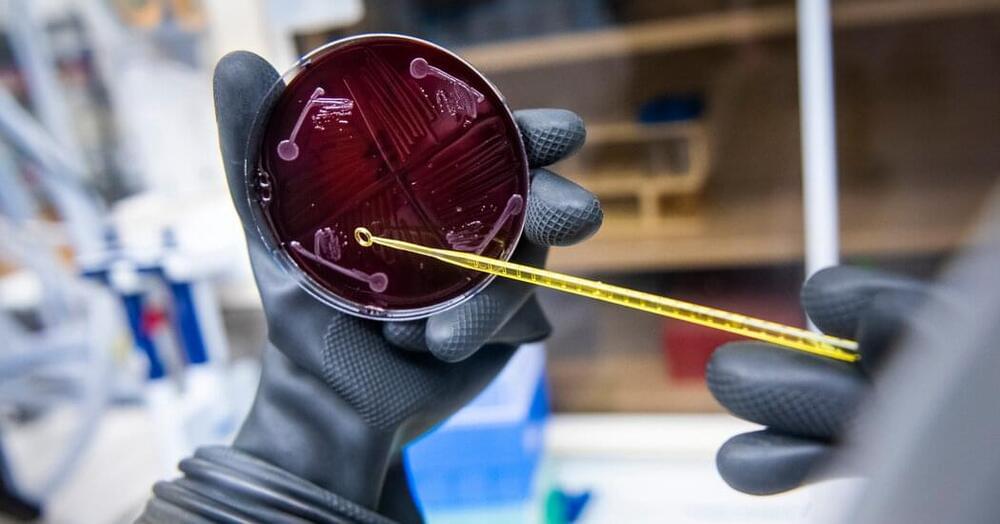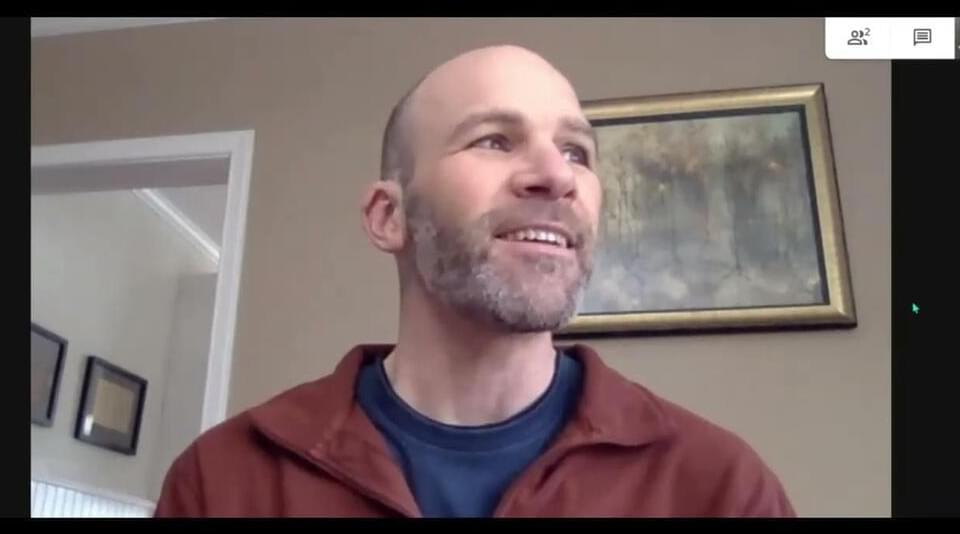A group of University of Texas at Dallas researchers and their colleagues have made significant improvements to energy-harvesting yarns they invented called twistrons, which are made from carbon nanotubes and produce electricity when repeatedly stretched.
The researchers describe the improved twistrons and some potential applications of the technology in an article published in the July 7 print issue of Advanced Materials.
In a proof-of-principle experiment, Zhong Wang, Ph.D., lead author of the article and a research associate in the Alan G. MacDiarmid NanoTech Institute at UT Dallas, sewed the new twistron yarns into a glove. As someone wearing the glove formed different letters and phrases in American Sign Language, the hand gestures generated electricity.









